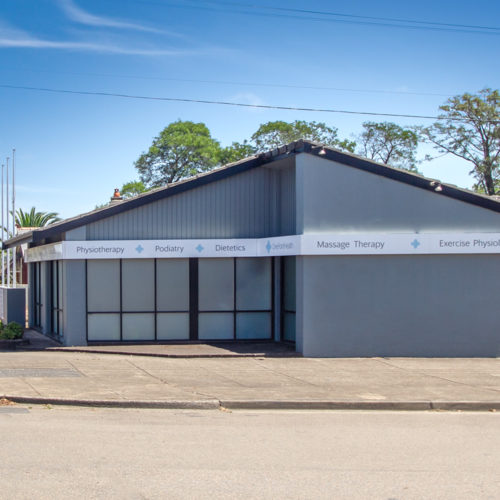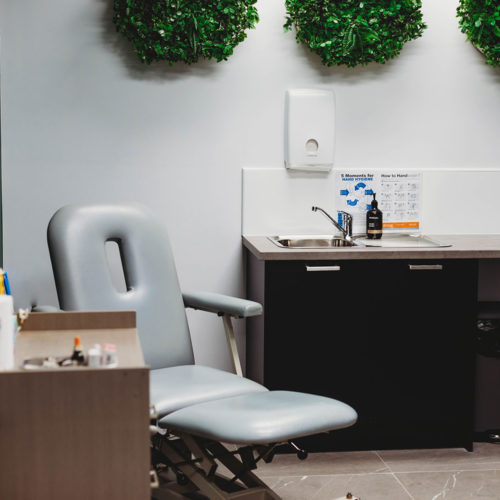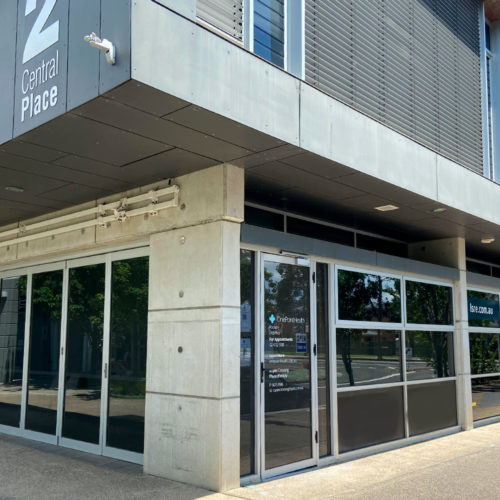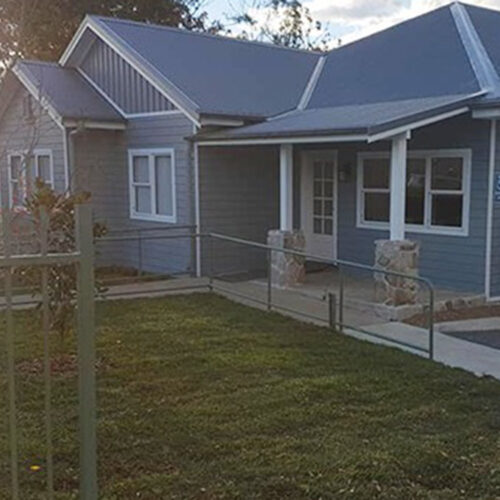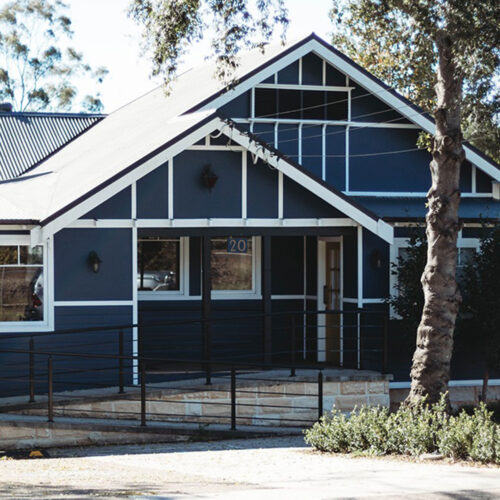What is shoulder impingement syndrome?
Impingement syndrome is when the soft tissues in and around the shoulder joint are repeatedly squeezed by the bones around them. Typically, this occurs when the arm is going to an overhead position. Impingement syndrome can limit your ability to lift the arm at all, or to use it with any force in that position. Impingement syndrome usually involves inflammation of the structures that live in the sub-acromial space including rotator cuff tendons, in particular the supraspinatus tendon and bursa.
Signs and symptoms of shoulder impingement syndrome
Impingement symptoms may be related to other shoulder joint pathologies and therefore an accurate assessment needs to be performed. The main symptoms of impingement are:
- Painful to lift your arm, especially out to the side.
- Night pain is common when you lie on your affected shoulder
What causes shoulder impingement syndrome?
Shoulder impingement syndrome can come about for many different reasons. The causes can be primary where there is a structural issue or secondary which is more related to the muscles. Both primary and secondary causes will cause a decrease in space between the arch of the shoulder blade and the shoulder bone. It is this narrowing that causes the impingement and painful response. Some things that can cause this narrowing include:
- Boney spurs from the AC joint
- Thickening of the bursa or inflammation of the subacromial bursa
- Loss of muscle function of the rotator cuff
- Rounded shoulders and poor posture
- Change of activity: If you suddenly increase the amount of overhead activities you’re performing, this may predispose you to an impingement problem.
- Previous injury to the clavicle/collar bone
Treatment for shoulder impingement syndrome
Initially the goal of physiotherapy treatment is to reduce pain and inflammation, as well as to prevent further impingement and tissue damage. Activity modification is very specific to the individual however, avoiding lifting overhead and sleeping on that side is recommended to stop the impingement.
Any biomechanical factors that can be fixed need to be addressed. this includes strengthening and posture training/education.
Ice and anti-inflammatories can be used initially to manage pain and inflammation.
Manual therapy can help with the pain management and help correct biomechanical causes. Taping techniques can also be used to change posture and offload structures in the sub-acromial space.

